You’ve probably heard about Cornish chickens, in some capacity, at some point in your life. But could you pass a test about the differences between Cornish Chickens, Cornish Hens, and Cornish Cross?
If you are curious or if you need to know, I have the answers you are looking for. And hey, you never know when this information might come in handy for family trivia game night, while watching Jeopardy with your Grandma, or when your 6-year-old asks yet another random question!
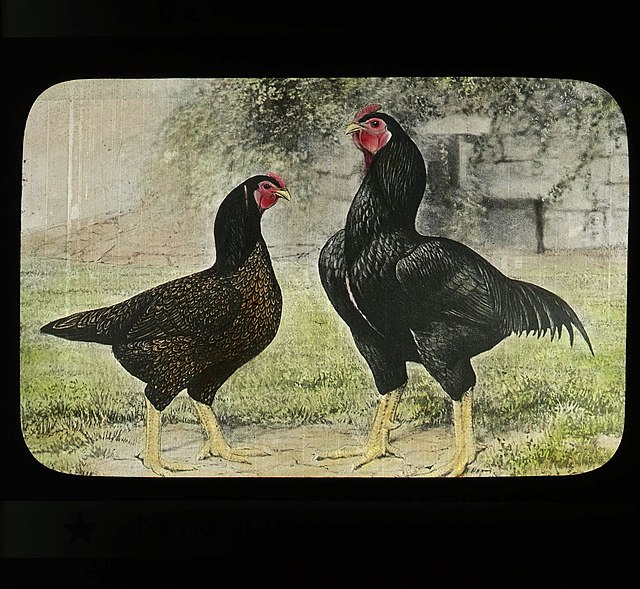
Table of Contents (Quickly Jump To Information)
So What are the Differences Between Cornish Chickens, Cornish Hens, and Cornish Cross birds?
If you want to go on a wild and exciting adventure, then research the difference between these types of chickens. It’s not as easy as you might think. If you want to skip all that and just find out the answer, that’s great too…I’ve simplified it and compiled all you need to know below.
Cornish Chickens
The name, Cornish, comes from Cornwall, England. They were also known as Indian Game Birds (and cornish game hens) because the breed is the result of crossing an Old English Game chicken with a Red Aseel from India (go ahead and click Red Aseel, you won’t be sorry you did…they are some strange looking birds).
Some breeders still refer to this breed by their more old-fashioned, historical names.
I always thought the breed “Cornish” referred to the small chickens served up for dinner in fancy restaurants and at the famous Dolly Parton’s Stampede (in Branson, MO, and Pigeon Forge, TN). I was wrong, more on that in a bit.
Cornish chickens emerged around 1820 by Sir Walter Gilbert of England and are one of many heritage breeds. This breed has had moments of popularity, but many have shied away due to their game bird heritage. The reason is that many people associate game birds with cockfighting as you can imagine.
Cornish Chickens Appearance
The breed is quite an interesting-looking breed, with a very “beefy” appearance. They are, in the chicken world, “bodybuilders” with deep breasts and extremely wide backs. They are known for having heart-shaped bodies due to the hefty breasts these birds show off.
There are a couple of different varieties, including the dark variety and a white and buff variety (and a couple of others). You can find the most information about the dark variety. Their feathers have a whole host of colors that can include glimmery greens, browns, and even blue.
Chicks can be a variety of color ranges, from a light reddish to a darker reddish brown. They have small wattles, red earlobes, and yellow beaks, legs, and feet. These birds also have small pea combs.
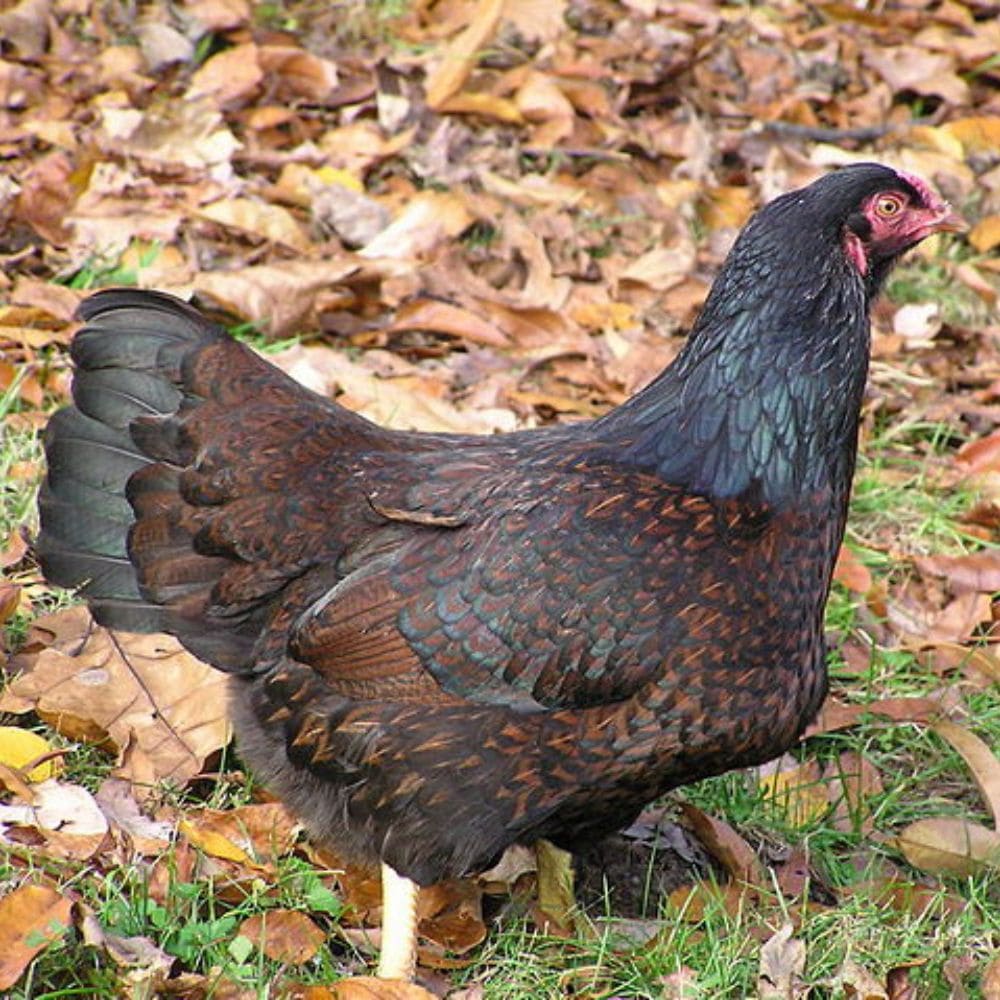
Cornish Chickens Egg Non-Production 😉
They are not very good at laying eggs, as you might expect since they were specifically bred for making meat. So let’s not hold this against them. They do lay approximately 160 eggs a year which isn’t the worst number in the world.
Egg size is small to medium and the egg color is light brown but they are also known for laying various tinted cream-colored eggs.
If you decide to add this breed to your flock, just don’t expect to whip up a quiche every day. You might get yourself a hybrid chicken to take care of that duty.
Cornish Chicken Temperament
Well….they aren’t lap chickens for sure. Because of their gamebird background, the roosters can be aggressive sometimes, especially when merged with more docile breeds. They are at the top of the pecking order in most flocks.
Are Cornish Chickens Broody?
Yes, they can be according to the Livestock Conservancy:
Although Cornish hens lay fewer than 160 small/medium cream or light brown eggs a year, they can go broody and make doting and protective mothers. Unfortunately, with their massive bodies and shorter legs, they are known to accidentally break eggs as they are not physically well-built to sit.
Livestock Conservancy Website
Are Cornish Chickens a Recognized Breed?
As Indian Game birds, they were accepted into the American Poultry Association’s (APA) Standard of Perfection back in 1893.
Later, in 1910, their name was changed to Cornish which describes them better since they are from Cornwall, England. They were also moved to the English class from the Asian class (which makes perfect sense since they aren’t from India).
An interesting fact is that the breed standard is the same for males and females.
How to Care For Cornish Chickens
Pretty much just like any other chicken in your flock. They need plenty of fresh water and high-quality feed, here’s my favorite non-GMO feed that is packed full of nutritious goodies.
Provide an environment that sets them up for success, such as adequate shelter that is parasite free. Lice, mites, and other nasty parasites can make your flock sick and there are ways to repel them. Read more about that here.
Just How Much Do These Heavyweights Weigh? 🏋️♀️
Bred for the quantity of meat, these birds weigh up to 10.5 lbs. However, they are slow growing…and that leads us to the Cornish Cross.
Cornish Cross
Cornish Cross chickens are true to the name – they are a Cornish chicken crossed with a White Plymouth Rock chicken. This combo creates a fast-growing, body-building, meat-making machine. Of course, it is more complex than just a simple cross of two birds.
It took decades of experimentation, intentional breeding, and fine-tuning genetics and selected strains to produce the Cornish Cross chickens many of us know as “meat birds” in America. This bird is full of muscle and there’s no doubt about it.
They are white with red combs and wattles. The males and females look identical, like giant butterballs.
Cornish Cross are often referred to as “Cornish Rock” or “Jumbo Cornish X Rocks” chickens.
Cornish Cross Are Only For Meat
I get together with a group of crazy chicken people and raise Cornish Cross meat birds, otherwise known as broiler chickens, every year.
One year, not long ago, we had trouble finding a supplier for the time frame we needed. I decided to take matters into my own hands and cross breed to make my own Cornish Cross chickens…but after much research, realized this endeavor is impossible. Bummer, we can’t find the secret recipe!
Cornish Cross chickens are specially bred to grow lightning fast. You can almost watch them grow. They literally change overnight, each night.
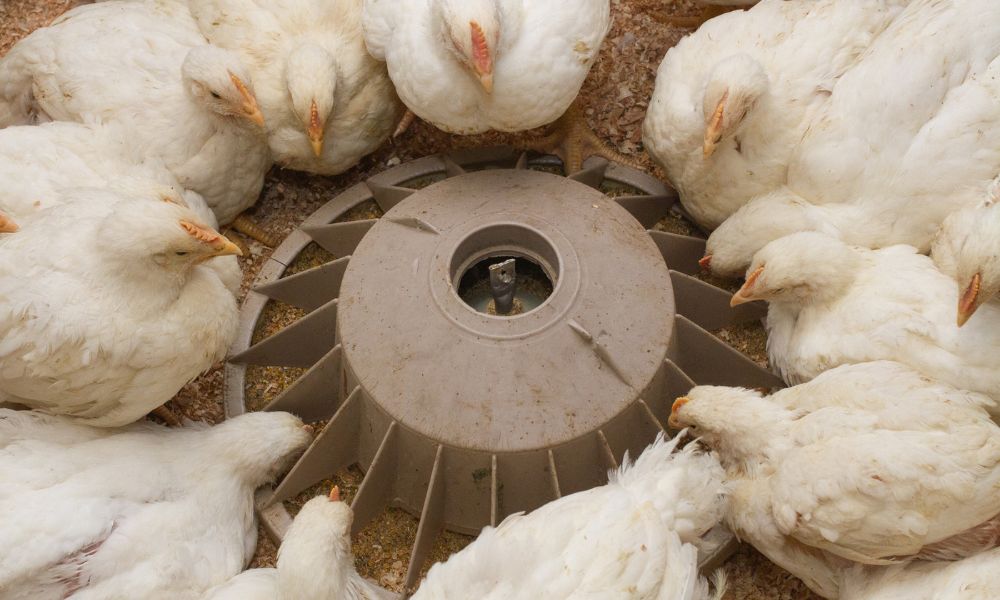
These amazing meat birds grow to full size in just 8 weeks. If you let them grow any longer than 8 to 10 weeks, they start to have serious, life-threatening, problems such as heart attacks, kidney issues, spraddled legs, and more.
Because of all of these issues, it’s best to just stick with the plan and harvest them by not later than 10 to 12 weeks – depending on how you feed them out.
I’m an ultimate critter lover, but when it comes to these chickens I’m pretty much ready to butcher them by 8 weeks. They are bred to just want to eat constantly..without stopping…all day…all night…all the time.
Toward the end, they act like they want to eat your hand off when you enter the coop, plus they are quite ugly (especially around 4 weeks old). Soooo ugly, even a mother would shudder. That’s U-G-L-Y.
Even though they are ugly, and you are going to butcher them, doesn’t mean you shouldn’t spoil them and give them the best possible life. Since they LOVE to eat and that is all their life really consists of, give them daily treats. It will enhance the quality of the meat you will be eating too! Try these!
Things to Know About Cornish Cross Chickens 🐔
There are several important, interesting, and funny things about this breed (even though they are ugly). Here’s a list:
- If you raise them you know what you are eating
- Cornish Cross needs high protein feed to grow properly (20-22% protein)
- They are pretty inexpensive to buy because a straight run is just fine (since you are butchering them)
- They grow extremely fast
- Cornish Cross are super tender and is the same chicken meat you are used to eating from the grocery store
- They grow so fast and weigh so much that they often lay down while eating (fat, lazy, fast-growing birds)
- Did I mention that they grow fast? They do. Very, very fast. 🎉
Cornish Hens
I mentioned Dolly Parton’s Stampede earlier in this post. If you’ve never been there, they serve up a delish din-din to eat while you watch the show. The dinner includes an “A Mouth-Watering Tender Whole Rotisserie Chicken.” This whole chicken is small, but definitely a full meal for one person and very tender indeed.
These whole rotisserie chickens are, what is called a Cornish Hen. You may be naive, as I was, in thinking that Cornish Hens are a special little chicken breed. You may want to send the children into another room at this moment.
Cornish Hens are not only hens AND roosters, but they are also baby chickens! They are simply Cornish Cross chickens at 4 weeks old. Yup, you heard it here first. 😢
Before you cry too hard, remember that they are (or quickly become) really ugly birds (does that help?). They do look a lot better as a roasted one-person chicken. And because of their young age, they are so tender and juicy.
It’s hard to talk about, but if you can get past the sadness, you will know a chicken is a chicken no matter how small (or big). And if you eat chicken from the store, there is truly no difference.
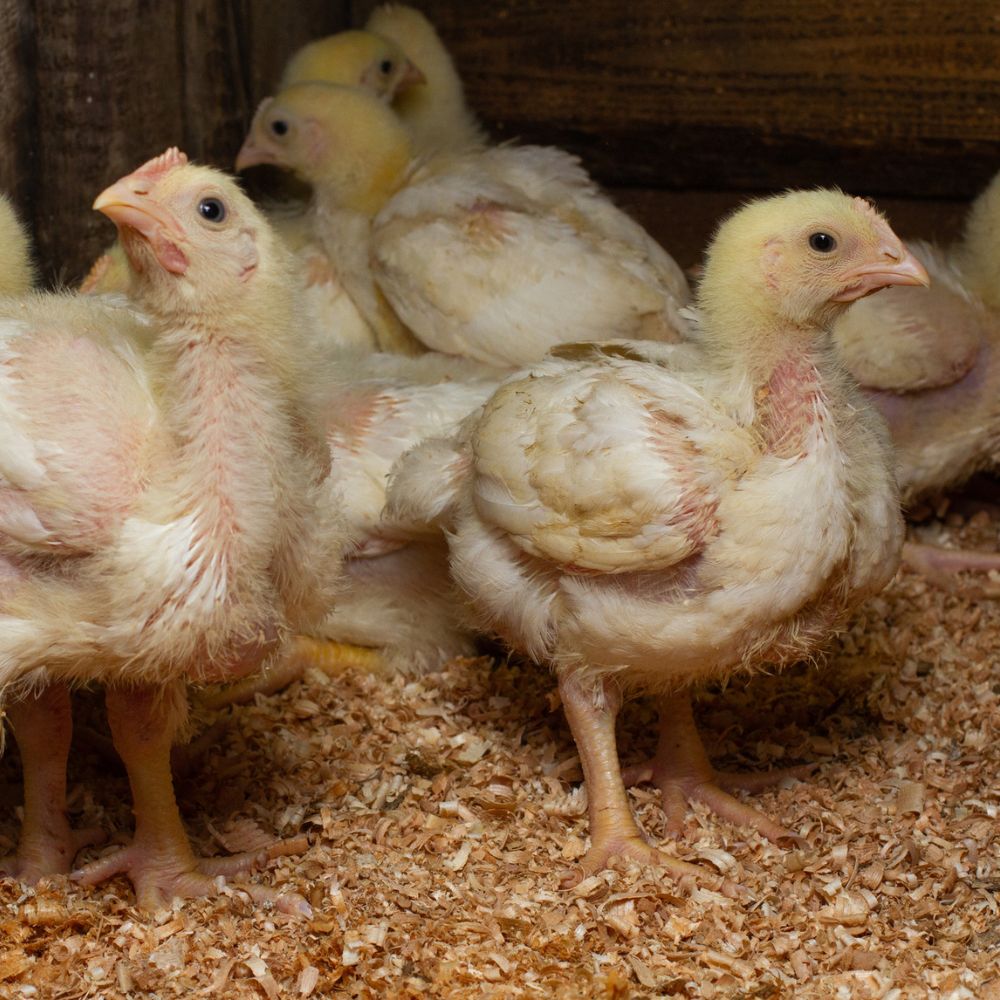
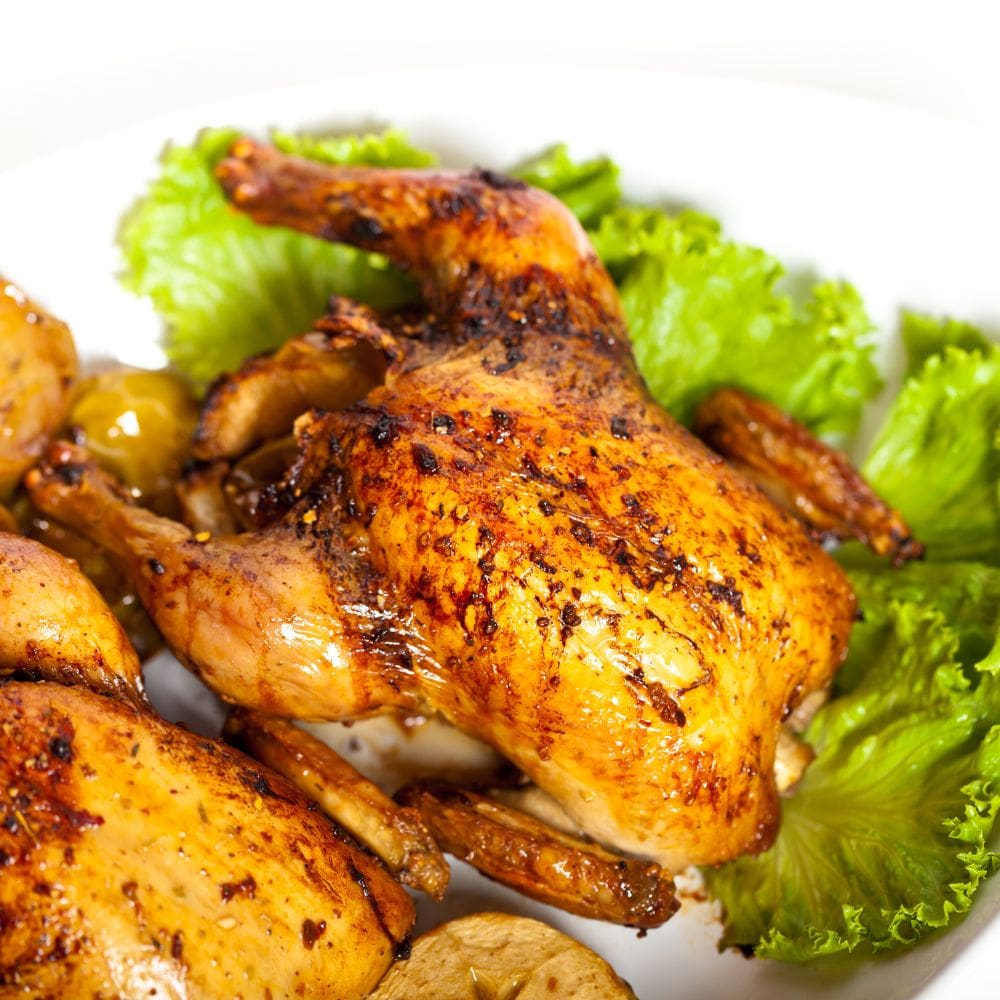
Where to Buy Cornish Chickens
If you want to add Cornish Chickens of any kind to your chicken wish list and are ready to add some to your shopping cart, they may be a bit hard to find. So I’ll save you a little time by sharing the top 2 hatcheries to buy Cornish varieties from:
1. McMurray Hatchery
McMurray Hatchery has a wide variety of Cornish and Cornish Cross chickens. They have Dark Cornish, White Laced Red Cornish, Jumbo Cornish X Rock, Cornish Game Hens (which are the Cornish Cross that you harvest as young birds), Cornish, and Cornish Roasters.
They have a 6-chick minimum order limit. Click here to find out more and check availability.
2. Cackle Hatchery
Cackle Hatchery doesn’t have all the same varieties as McMurray, but it a fine hatchery that carries Jumbo Cornish Cross, Cornish Bantams, and Dark Cornish chickens.
They have a more generious 3-chick minimum order limit. Click here for more info about hatch dates.

A happy wife, mother, teacher, writer, hobby farmer, lover of chickens, and contributor to Pampered Chicken Mama!

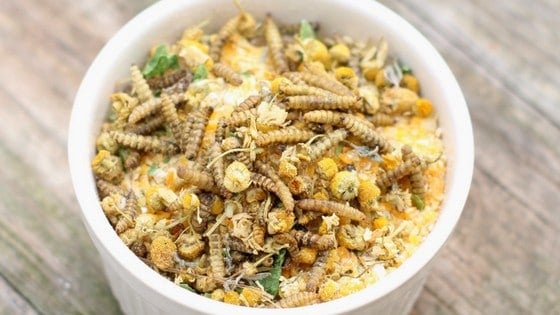
![The Best Bedding For Backyard Chickens [Podcast]](https://thefrugalchicken.com/wp-content/uploads/2017/04/best-bedding-for-chickens-feature.jpg)
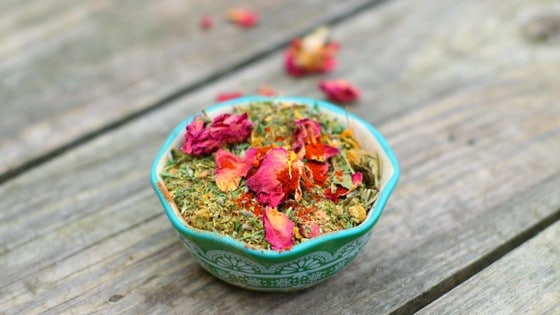
![4 Types Of Poultry You Can Raise With Hens To Be More Self-Sufficient [Podcast]](https://thefrugalchicken.com/wp-content/uploads/2016/07/raise-poultry-with-chickens-feature-min.jpg)
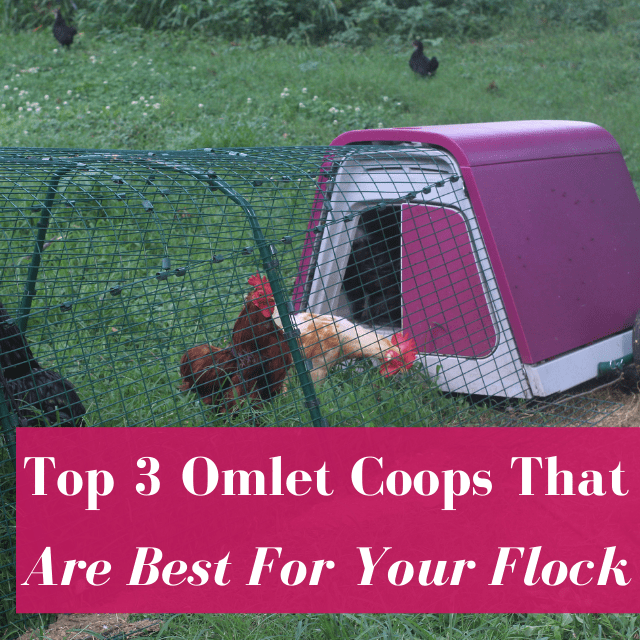
![Identifying Common Chicken Predators & What Killed Your Chicken: ‘What The Cluck?!’ Session 13 [Podcast]](https://thefrugalchicken.com/wp-content/uploads/2015/12/chicken-predators-feature-min.jpg)